
全自動香蕉视频下载地址:五金配件超聲波清洗專業解決方案
作者:創始人來源:http://www.xiaojiseo.com/時間:2025-09-18
本方案旨在提供一套高效、可靠、專業的五金配件超聲波清洗係統解決方案。方案基於對五金配件常見汙垢類型和清洗難點的深入分析,詳細闡述了超聲波清洗的工作原理、核心設備選型、清洗工藝流程、推薦清洗劑、設備配置清單以及安全與維護規範。該方案適用於各類金屬材質(如鐵、銅、鋁、不鏽鋼及其合金)的機加工件、衝壓件、精密零件的批量化清洗需求,旨在徹底去除加工油汙、金屬碎屑、拋光膏、手汗指紋等汙染物,達到高清潔度標準,並兼顧防鏽保護,以滿足後續電鍍、噴塗、裝配或直接出貨的質量要求。
This plan aims to provide an efficient, reliable, and professional ultrasonic cleaning system solution for hardware accessories. The plan is based on an in-depth analysis of common types of dirt and cleaning difficulties in hardware accessories. It elaborates on the working principle, core equipment selection, cleaning process flow, recommended cleaning agents, equipment configuration list, and safety and maintenance standards of ultrasonic cleaning. This solution is suitable for the batch cleaning needs of machined parts, stamped parts, and precision parts made of various metal materials (such as iron, copper, aluminum, stainless steel, and their alloys). It aims to thoroughly remove pollutants such as machining oil stains, metal debris, polishing paste, and fingerprints, achieve high cleanliness standards, and also take into account rust protection to meet the quality requirements of subsequent electroplating, spraying, assembly, or direct shipment.
一、 前言與需求分析五金配件在機加工(如車、銑、鑽、磨)、衝壓、拉伸、拋光等製造過程中,表麵會附著多種複雜的汙染物,主要包括:油脂類:切削油、拉伸油、潤滑油、防鏽油等礦物油和合成油。固體顆粒類:金屬粉末、磨料顆粒、灰塵、焊渣。拋光膏與研磨膏:通常由油脂、蠟和磨料混合而成,附著力強,難以清除。手汗與指紋:含有鹽分和油脂,易導致產品腐蝕。這些汙垢若清洗不淨,將嚴重影響後續工序(如電鍍、噴塗)的附著力,降低產品外觀質量和耐腐蝕性能,甚至影響精密部件的裝配精度和使用壽命。傳統的手工刷洗、浸泡、蒸汽清洗等方式存在效率低下、清潔度不一致、勞動強度大、可能造成產品表麵劃傷等問題。超聲波清洗技術利用空化效應,能夠無死角地對工件表麵和複雜內腔、盲孔進行高效、均勻的清洗,是解決五金配件清洗難題的最佳選擇。
1、 Preface and Requirements Analysis: In the manufacturing process of hardware accessories such as machining (such as turning, milling, drilling, grinding), stamping, stretching, polishing, etc., various complex pollutants will adhere to the surface, mainly including: oils and fats: cutting oil, stretching oil, lubricating oil, rust proof oil and other mineral oils and composite oils. Solid particles: metal powder, abrasive particles, dust, welding slag. Polishing paste and grinding paste: usually composed of a mixture of oil, wax, and abrasive, with strong adhesion and difficult to remove. Hand sweat and fingerprints: Contains salt and oil, which can easily cause product corrosion. If these dirt are not cleaned thoroughly, they will seriously affect the adhesion of subsequent processes (such as electroplating and spraying), reduce the appearance quality and corrosion resistance of the product, and even affect the assembly accuracy and service life of precision components. Traditional manual brushing, soaking, steam cleaning and other methods have problems such as low efficiency, inconsistent cleanliness, high labor intensity, and the possibility of scratching the surface of the product. Ultrasonic cleaning technology utilizes cavitation effect to efficiently and uniformly clean the surface of workpieces, complex cavities, and blind holes without blind spots, making it the best choice to solve the problem of cleaning hardware accessories.
二、 超聲波清洗工作原理超聲波清洗的核心是“空化效應”。其過程如下:超聲波生成:超聲波發生器(電源)將50/60Hz的市電轉換為高頻電信號(通常為20-40kHz)。換能器轉換:高頻電信號通過壓電陶瓷換能器,被轉換成同頻率的高頻機械振動。振動傳導:換能器將振動傳遞給清洗槽底板,使整個槽壁均勻地向清洗液中輻射超聲波。空化作用:高頻聲波在清洗液中形成數以萬計的微小真空氣泡(空化泡)。這些氣泡在正壓和負壓周期中迅速形成、生長並猛烈內爆(破裂)。清洗機理:空化泡破裂瞬間,會產生局部超過1000個大氣壓的衝擊波和高速微射流(時速可達400公裏),持續不斷地衝擊工件表麵,像無數雙微小的手一樣,將附著在工件上的汙垢撕裂、剝落,從而達到徹底清洗的目的。其優勢在於:全方位清洗:無論工件形狀多複雜,隻要有清洗液能到達的地方,都能產生空化作用。高清潔度:能夠清除肉眼不可見的微米級顆粒。高效無損:清洗速度快,通常幾分鍾內即可完成,且對工件表麵無損傷。
2、 The working principle of ultrasonic cleaning is that the core of ultrasonic cleaning is the "cavitation effect". The process is as follows: Ultrasonic wave generation: The ultrasonic generator (power supply) converts 50/60Hz mains electricity into high-frequency electrical signals (usually 20-40kHz). Converter conversion: High frequency electrical signals are converted into high-frequency mechanical vibrations of the same frequency through piezoelectric ceramic transducers. Vibration transmission: The transducer transmits vibration to the bottom plate of the cleaning tank, causing the entire tank wall to uniformly radiate ultrasonic waves into the cleaning solution. Cavitation effect: High frequency sound waves form tens of thousands of tiny vacuum bubbles (cavitation bubbles) in the cleaning solution. These bubbles rapidly form, grow, and violently implode (rupture) during positive and negative pressure cycles. Cleaning mechanism: At the moment of cavitation bubble rupture, local shock waves exceeding 1000 atmospheres and high-speed micro jets (up to 400 kilometers per hour) will be generated, continuously impacting the surface of the workpiece, like countless pairs of tiny hands, tearing and peeling off the dirt attached to the workpiece, thus achieving the goal of thorough cleaning. Its advantage lies in comprehensive cleaning: no matter how complex the shape of the workpiece is, wherever the cleaning solution can reach, cavitation can occur. High definition cleanliness: capable of removing micron sized particles that are invisible to the naked eye. Efficient and non-destructive: The cleaning speed is fast, usually completed within a few minutes, and there is no damage to the surface of the workpiece.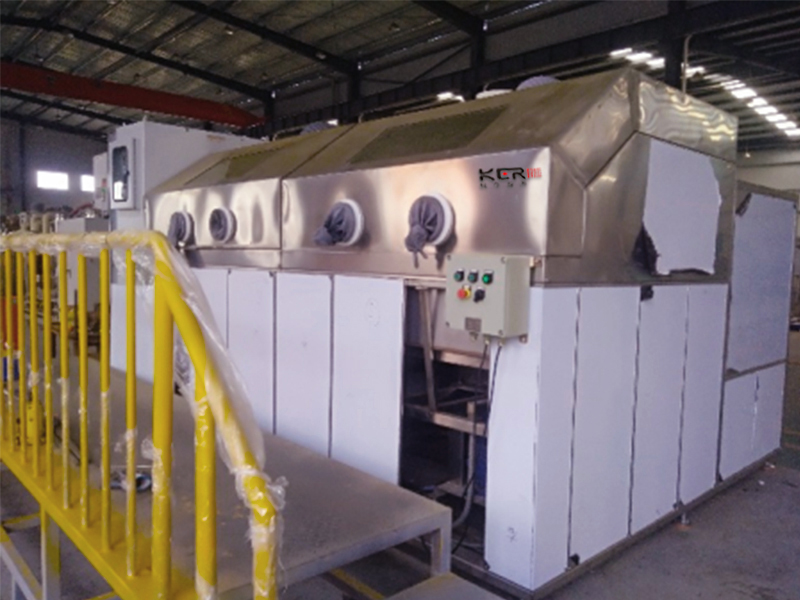
三、 清洗係統核心組成與設備選型一套完整的工業超聲波清洗係統通常由以下幾個單元組成:
3、 A complete industrial ultrasonic cleaning system typically consists of the following units:
1. 超聲波清洗槽材質:必須選用優質SUS304或更高等級的316不鏽鋼板製作,厚度不低於1.5-2.0mm,確保耐腐蝕性和結構強度。設計:槽體應采用加強筋結構,防止長時間運行產生振動疲勞和變形。底部應設計為圓角或斜角,便於排汙。換能器布置:換能器應均勻焊接或粘接在槽底和/或兩側,確保清洗槽內聲場分布均勻,無清洗死角。對於深槽,可采用雙側或三側布置。
1. Material of ultrasonic cleaning tank: It must be made of high-quality SUS304 or higher grade 316 stainless steel plate, with a thickness of not less than 1.5-2.0mm, to ensure corrosion resistance and structural strength. Design: The tank body should adopt a reinforced rib structure to prevent vibration fatigue and deformation caused by long-term operation. The bottom should be designed with rounded or angled corners for easy drainage. Arrangement of transducers: Transducers should be uniformly welded or bonded to the bottom and/or sides of the tank to ensure even distribution of sound field in the cleaning tank and no dead corners. For deep grooves, a double-sided or three sided arrangement can be used.
2. 超聲波發生器(電源)頻率選擇:針對五金配件,推薦使用28kHz或40kHz。28kHz:空化強度更大,適用於清洗大型、厚重汙垢(如大量拋光膏、硬質油泥)的工件,但對精密件表麵可能略有輕微影響。40kHz:空化密度更高,作用更柔和,適用於中小型零件、精密零件,能有效清除微細顆粒。可選方案:配置雙頻或掃頻功能的發生器,能有效避免駐波產生,使清洗更均勻。功率密度:有效超聲波功率(W)與槽體有效容積(L)的比值是關鍵參數。對於五金配件,推薦的功率密度範圍為?0.3~0.8W/L。對於油汙特別嚴重的工件,可適當提高至1.0W/L。功率過低則清洗效果差,過高則可能損傷工件和槽體。控製係統:應具備數字定時器、溫度控製器、過載保護、功率調節等功能。先進的發生器可集成PLC,實現自動化控製。
2. Frequency selection for ultrasonic generator (power supply): For hardware accessories, it is recommended to use 28kHz or 40kHz. 28kHz: Higher cavitation intensity, suitable for cleaning large, heavy dirt (such as a large amount of polishing paste, hard oil sludge) workpieces, but may have a slight impact on the surface of precision parts. 40kHz: Higher cavitation density, softer effect, suitable for small and medium-sized parts, precision parts, and can effectively remove fine particles. Optional solution: Install a generator with dual frequency or sweep function, which can effectively avoid standing waves and make cleaning more uniform. Power density: The ratio of effective ultrasonic power (W) to effective volume of the tank (L) is a key parameter. What is the recommended power density range for hardware accessories? 0.3~0.8W/L。 For workpieces with particularly severe oil pollution, it can be appropriately increased to 1.0W/L. If the power is too low, the cleaning effect will be poor, and if it is too high, it may damage the workpiece and groove. Control system: It should have functions such as digital timer, temperature controller, overload protection, power regulation, etc. Advanced generators can be integrated with PLCs to achieve automated control.
3. 加熱與溫控係統必要性:加熱能顯著降低清洗液表麵張力,提高空化效率;同時能軟化、融化油脂,極大提升除油效果。加熱器類型:通常采用外置式/內置式不鏽鋼電加熱管,需有防幹燒保護。溫度範圍:對於五金清洗,最佳工作溫度一般控製在?55℃ - 65℃?之間。溫度過高會導致空化強度減弱,並可能使清洗劑過快揮發或老化、分解。
3. Necessity of heating and temperature control system: Heating can significantly reduce the surface tension of cleaning solution and improve cavitation efficiency; At the same time, it can soften and melt grease, greatly improving the oil removal effect. Heater type: External/internal stainless steel electric heating tube is usually used, which needs to be protected against dry burning. Temperature range: For hardware cleaning, what is the optimal working temperature generally controlled at? 55℃ - 65℃? between. Excessive temperature can lead to a decrease in cavitation intensity and may cause the cleaning agent to evaporate, age, or decompose too quickly.
4. 過濾循環係統(可選但強烈推薦)目的:在連續生產過程中,清洗液會逐漸被汙染,懸浮的油汙和顆粒會重新附著在工件表麵,降低清洗質量並縮短清洗液壽命。配置:可配備一套旁路循環過濾係統,包括水泵、過濾器(如紙帶過濾器、袋式過濾器或油水分離裝置(如離心式))。它能持續去除液體中的浮油和固體雜質,保持清洗液長期有效。
4. Filter circulation system (optional but strongly recommended) Purpose: During continuous production, the cleaning solution will gradually become contaminated, and suspended oil stains and particles will reattach to the surface of the workpiece, reducing cleaning quality and shortening the life of the cleaning solution. Configuration: Can be equipped with a bypass circulation filtration system, including a water pump, filters (such as paper tape filters, bag filters, or oil-water separation devices (such as centrifugal)). It can continuously remove floating oil and solid impurities from liquids, maintaining the effectiveness of the cleaning solution for a long time.
5. 幹燥係統(可選)目的:清洗後的工件若不能及時幹燥,極易產生水漬和二次生鏽。方式:熱風幹燥:通過風機和加熱器向清洗籃吹送潔淨的熱空氣,使水分快速蒸發。離心幹燥:將清洗籃放入離心脫水機,通過高速旋轉的離心力甩幹表麵水分,節能高效。真空幹燥:適用於絕對不允許有水分殘留的精密工件。6. 清洗籃(工裝)材質:通常采用不鏽鋼絲網製作,不會汙染清洗液,耐腐蝕。設計:網孔大小需適中,既要保證清洗液充分流動和超聲波穿透,又要防止細小零件漏出。可根據產品形狀定製專用工裝夾具,提高裝料量和清洗一致性。
5. Drying system (optional) Purpose: If the cleaned workpiece cannot be dried in time, it is prone to water stains and secondary rusting. Method: Hot air drying: Blow clean hot air into the cleaning basket through a fan and heater to quickly evaporate moisture. Centrifugal drying: Place the cleaning basket into the centrifugal dewatering machine and use high-speed centrifugal force to spin off surface moisture, which is energy-saving and efficient. Vacuum drying: suitable for precision workpieces that absolutely do not allow residual moisture. 6. Material of cleaning basket (fixture): usually made of stainless steel wire mesh, which will not contaminate the cleaning solution and is corrosion-resistant. Design: The mesh size should be moderate, ensuring sufficient flow of cleaning solution and ultrasonic penetration, while preventing small parts from leaking out. Specialized fixtures can be customized according to the shape of the product to improve loading capacity and cleaning consistency.
四、 清洗工藝流程與參數設定一個典型的多工位五金配件超聲波清洗流程如下:
4、 A typical multi station ultrasonic cleaning process for hardware accessories is as follows:
工位一:超聲波粗洗(除重油)目的:去除90%以上的厚重油汙和大型顆粒,保護後續精洗槽液壽命。清洗劑:使用價格較低的水基清洗劑或專用脫脂劑,濃度可稍高(3-5%)。溫度:60-70℃時間:3-5分鍾超聲波:28kHz,功率密度0.5-0.7W/L(此功率密度基於有效超聲波功率和槽體有效容積計算)
Workstation 1: Ultrasonic Coarse Cleaning (Removing Heavy Oil) Purpose: To remove over 90% of heavy oil stains and large particles, and protect the service life of the subsequent fine cleaning tank solution. Cleaning agent: Use low-cost water-based cleaning agents or specialized degreasing agents, with a slightly higher concentration (3-5%). Temperature: 60-70 ℃ Time: 3-5 minutes Ultrasonic: 28kHz, power density 0.5-0.7W/L (this power density is calculated based on the effective ultrasonic power and the effective volume of the tank)
工位二:超聲波精洗(深度淨化)目的:徹底清除殘留的微量油汙和所有固體顆粒,達到高清潔度。清洗劑:使用高質量的水基清洗劑,濃度適中(2-3%)。溫度:55-65℃時間:3-5分鍾超聲波:40kHz,功率密度0.4-0.6W/L(此功率密度基於有效超聲波功率和槽體有效容積計算)配置:此工位建議配備過濾循環係統。
Workstation 2: Ultrasonic cleaning (deep purification) Purpose: To thoroughly remove residual trace oil stains and all solid particles, achieving high cleanliness. Cleaning agent: Use high-quality water-based cleaning agents with moderate concentration (2-3%). Temperature: 55-65 ℃ Time: 3-5 minutes Ultrasonic: 40kHz, power density 0.4-0.6W/L (calculated based on effective ultrasonic power and effective tank volume) Configuration: It is recommended to equip this workstation with a filtration circulation system.
工位三:市水漂洗(可選多次)目的:漂洗掉工件表麵殘留的清洗劑。介質:流動的自來水(市水)。可采用溢流方式,保持水質清潔。時間:1-2分鍾可選:可增加一道或兩道漂洗槽,或使用超聲波輔助漂洗,效果更佳。
Workstation 3: Rinse with municipal water (optional multiple times) Purpose: Rinse off residual cleaning agents on the surface of the workpiece. Medium: Flowing tap water (municipal water). Overflow method can be used to maintain clean water quality. Time: 1-2 minutes. Optional: One or two rinsing tanks can be added, or ultrasonic assisted rinsing can be used for better results.
工位四:純水漂洗(可選)目的:對於要求絕對無水漬或後續進行電鍍的工件,使用去離子水進行最終漂洗,可避免礦物水垢的形成。介質:去離子水或RO純水。時間:1分鍾
Workstation 4: Pure water rinsing (optional) Purpose: For workpieces that require absolute water stains or subsequent electroplating, use deionized water for final rinsing to avoid the formation of mineral scale. Medium: Deionized water or RO pure water. Time: 1 minute
工位五:防鏽處理(可選)目的:為防止清洗後工件在庫存或轉運期間生鏽,可進行防鏽處理。方式:浸入水性防鏽劑中浸泡約1分鍾,或使用脫水防鏽油。
Workstation 5: Rust prevention treatment (optional) Purpose: To prevent the workpiece from rusting during inventory or transportation after cleaning, rust prevention treatment can be carried out. Method: Soak in water-based rust inhibitor for about 1 minute, or use dehydrated rust proof oil.
工位六:幹燥方式:根據產能和質量要求,選擇熱風幹燥、離心幹燥或真空幹燥。時間/參數:直至工件完全幹燥無水跡。
Workstation 6: Drying method: Choose hot air drying, centrifugal drying, or vacuum drying according to production capacity and quality requirements. Time/Parameters: Until the workpiece is completely dry and free of water marks.
五、 清洗劑選擇建議清洗劑的選擇至關重要,直接決定清洗效果和成本。水基清洗劑:首選方案。環保、安全、成本低。應選擇pH值呈弱堿性(8.0-10.5),專為超聲波清洗設計的低泡型產品。需具備良好的乳化、分散油脂的能力,並對五金材料無腐蝕,對於不同材質的混合清洗(如鋼、銅、鋁同時清洗),必須選擇對最活潑金屬(通常是鋁合金)也具有良好緩蝕效果的通用型清洗劑,並進行嚴格的工藝驗證(如材料腐蝕性測試),防止電化學腐蝕和表麵變色、失光。清洗後應易於漂洗。溶劑型清洗劑(如碳氫化合物):清洗重油汙能力極強,揮發快,無需幹燥。但通常易燃易爆,需配套防爆設備,環保要求高,成本也較高。半水基清洗劑:性能介於水基和溶劑之間,但後續處理可能較複雜。建議:從成本、安全和環保角度出發,強烈推薦使用優質的水基超聲波專用清洗劑。具體品牌和型號需根據實際油汙成分進行小樣測試確定。
5、 The selection of cleaning agents is crucial, as it directly determines the cleaning effect and cost. Water based cleaning agent: preferred solution. Environmental protection, safety, and low cost. Low foaming products designed specifically for ultrasonic cleaning with a pH value of weak alkalinity (8.0-10.5) should be selected. It is necessary to have good emulsification and oil dispersion ability, and be non corrosive to hardware materials. For mixed cleaning of different materials (such as simultaneous cleaning of steel, copper, and aluminum), a universal cleaning agent with good corrosion inhibition effect on the most active metal (usually aluminum alloy) must be selected, and strict process verification (such as material corrosion testing) must be carried out to prevent electrochemical corrosion and surface discoloration and loss of light. It should be easy to rinse after cleaning. Solvent based cleaning agents (such as hydrocarbons): have strong ability to clean heavy oil stains, evaporate quickly, and do not require drying. But usually flammable and explosive, requiring explosion-proof equipment, high environmental requirements, and high costs. Semi water-based cleaning agent: Its performance is between water-based and solvent based, but subsequent processing may be more complex. Suggestion: From the perspectives of cost, safety, and environmental protection, it is strongly recommended to use high-quality water-based ultrasonic cleaning agents. The specific brand and model need to be determined through small sample testing based on the actual oil pollution composition.
六、安全、維護與注意事項安全操作:設備必須可靠接地。開啟超聲波時,嚴禁將手直接放入清洗液中。加熱時,槽液液位必須完全沒過加熱管,防止幹燒。避免使用易燃清洗劑,除非設備是防爆設計。日常維護:每日:檢查液位,清理液麵浮油和槽底沉積物。每周:檢查換能器與槽體連接處有無鬆動或腐蝕。測試清洗劑濃度,及時補充。每月:更換或清洗過濾器濾芯/濾袋。徹底清槽,清理水垢和油泥。每半年:檢查發生器內部,除塵,緊固接線端子。注意事項:不同材質的工件(如鋁、銅等軟金屬)應測試清洗時間和功率,防止過清洗導致表麵失光或損傷。嚴格遵守清洗劑供應商提供的配比和建議。及時添加和更換清洗液,失效的清洗液不僅洗不幹淨,反而會二次汙染工件。
6、 Safety, maintenance, and precautions for safe operation: The equipment must be reliably grounded. When turning on ultrasonic waves, it is strictly prohibited to put your hands directly into the cleaning solution. When heating, the liquid level in the tank must be completely below the heating tube to prevent dry burning. Avoid using flammable cleaning agents unless the equipment is designed to be explosion-proof. Daily maintenance: Check the liquid level, clean the floating oil and sediment at the bottom of the tank. Weekly: Check for looseness or corrosion at the connection between the transducer and the tank body. Test the concentration of cleaning agents and replenish them in a timely manner. Monthly: Replace or clean filter cartridges/bags. Thoroughly clean the tank, remove scale and sludge. Every six months: Check the inside of the generator, remove dust, and tighten the wiring terminals. Attention: Workpieces made of different materials (such as aluminum, copper, and other soft metals) should be tested for cleaning time and power to prevent surface loss of gloss or damage caused by over cleaning. Strictly follow the ratio and recommendations provided by the cleaning agent supplier. Timely addition and replacement of cleaning solution, ineffective cleaning solution not only fails to clean, but also pollutes the workpiece twice.
本文由 全自動香蕉视频下载地址 友情奉獻.更多有關的知識請點擊 http://www.xiaojiseo.com/ 真誠的態度.為您提供為全麵的服務.更多有關的知識大香蕉黄色视频將會陸續向大家奉獻.敬請期待.
This article is a friendly contribution from the fully automatic ultrasonic cleaning machine For more related knowledge, please click http://www.xiaojiseo.com/ Sincere attitude To provide you with comprehensive services We will gradually contribute more relevant knowledge to everyone Coming soon.
推薦文章
 公司:濟南大香蕉黄色视频超聲波設備有限公司
公司:濟南大香蕉黄色视频超聲波設備有限公司  熱線:18663767799
熱線:18663767799 地址:山東省濟南市濟陽區創業路與啟航街交叉口南40米
地址:山東省濟南市濟陽區創業路與啟航街交叉口南40米




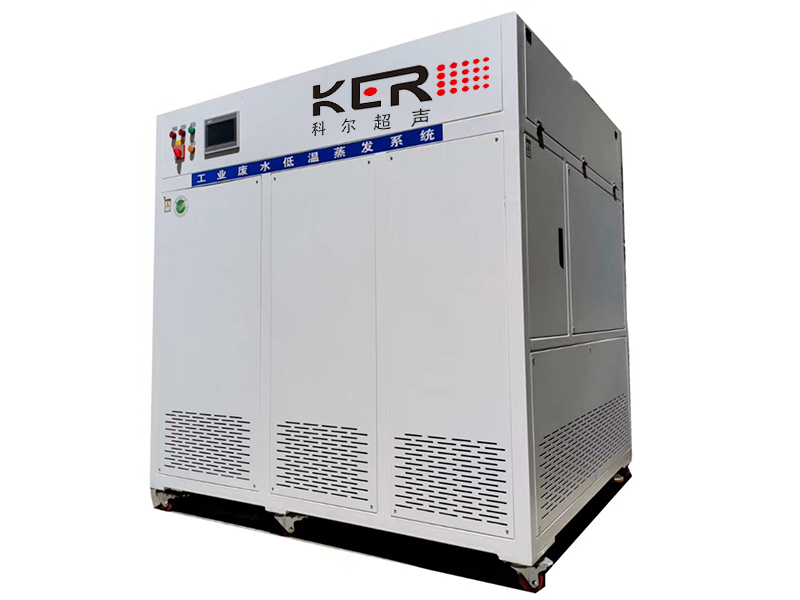
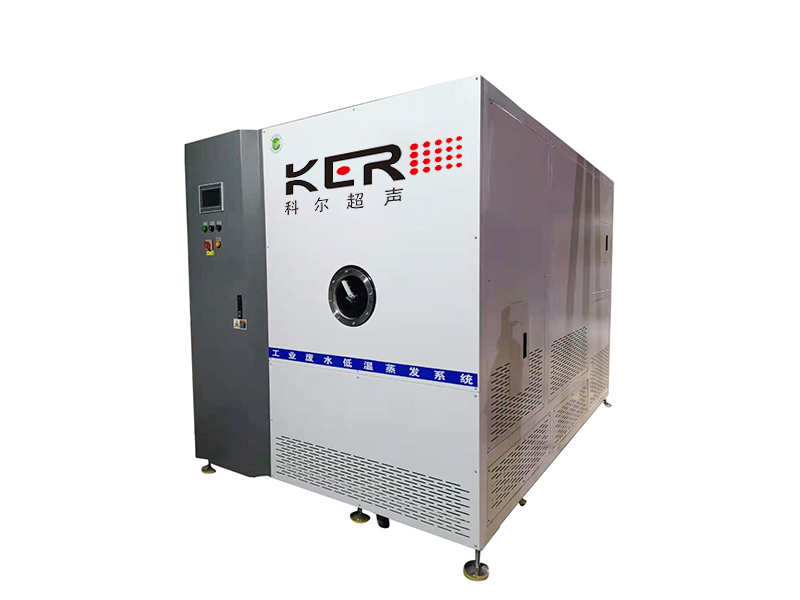
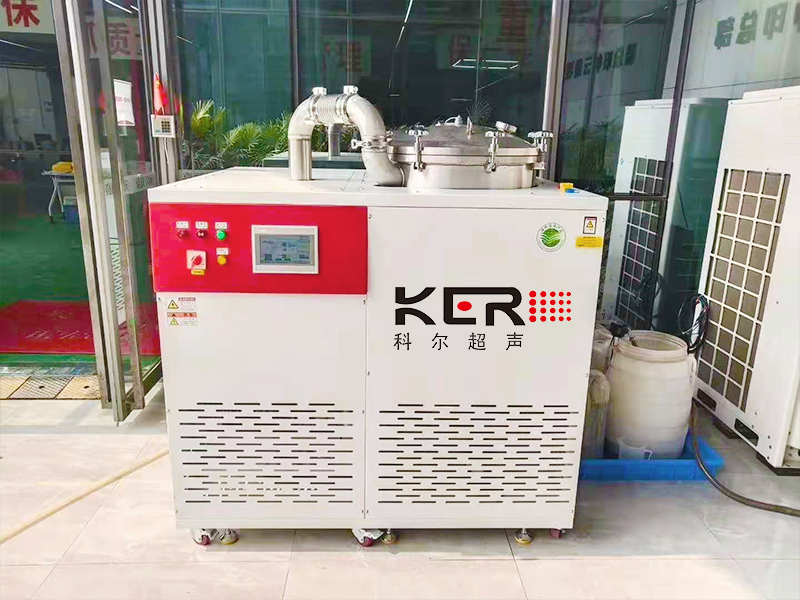
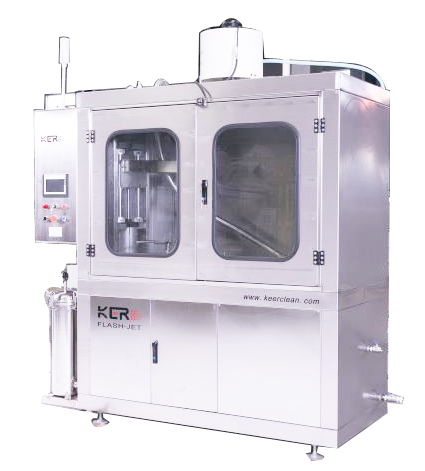
 新聞資訊
新聞資訊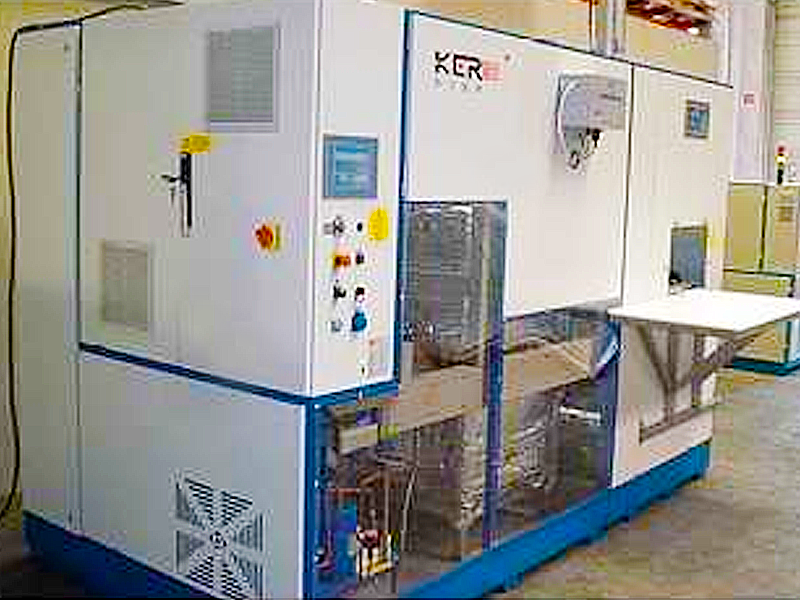
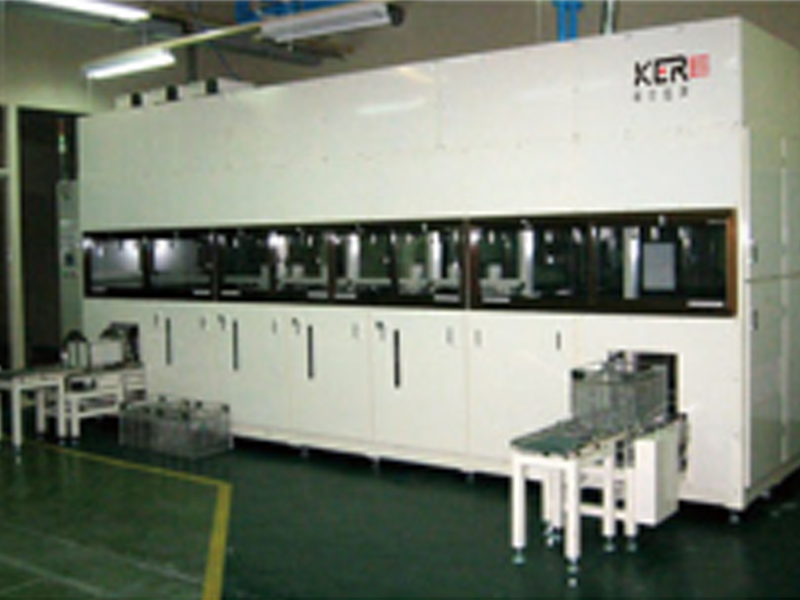
 聯係大香蕉黄色视频
聯係大香蕉黄色视频
 谘詢電話:18663767799
谘詢電話:18663767799 E-MAIL:jnkergs@163.com
E-MAIL:jnkergs@163.com 地址:山東省濟南市濟陽區創業路與啟航街交叉口南40米
地址:山東省濟南市濟陽區創業路與啟航街交叉口南40米 魯公網安備 37011202001385號
魯公網安備 37011202001385號
